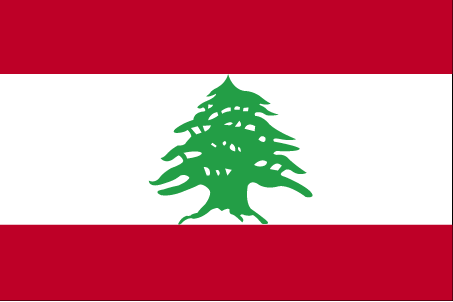
Lebanon...
Stats...
Overview:
Lebanon has made progress toward rebuilding its political institutions since
1991 and the end of the devastating 15-year civil war. Under the Ta'if Accord -
the blueprint for national reconciliation - the Lebanese have established a
more equitable political system, particularly by giving Muslims a greater say in
the political process while institutionalizing sectarian divisions in the
government. Since the end of the war, the Lebanese have conducted several
successful elections, most of the militias have been weakened or disbanded,
and the Lebanese Armed Forces (LAF) have extended central government
authority over about two-thirds of the country. Hizballah, a radical Shia
organization, retains its weapons. During Lebanon's civil war, the Arab League
legitimized in the Ta'if Accord Syria's troop deployment, numbering about
16,000 based mainly east of Beirut and in the Bekaa Valley. Damascus justifies
its continued military presence in Lebanon by citing Beirut's requests and the
failure of the Lebanese Government to implement all of the constitutional
reforms in the Ta'if Accord. Israel's withdrawal from southern Lebanon in May
2000, however, encouraged some Lebanese groups to demand that Syria
withdraw its forces as well. The passage of UNSCR 1559 in early October 2004
- a resolution calling for Syria to withdraw from Lebanon and end its
interference in Lebanese affairs - further emboldened Lebanese groups
opposed to Syria's presence in Lebanon.
Population: 3,826,018
Location:
Middle East, bordering the Mediterranean Sea, between Israel and Syria
Map references:
Middle East
Area:
Total Area: 10,400 sq km
Land Area: 10,230 sq km
Comparative Area: about 0.7 times the size of Connecticut
Capital:
Beirut
National holiday:
Independence Day, 22 November (1943)
More Lebanon Facts...
More Tips on Travelling to the Middle East...
Overview:
Lebanon has made progress toward rebuilding its political institutions since
1991 and the end of the devastating 15-year civil war. Under the Ta'if Accord -
the blueprint for national reconciliation - the Lebanese have established a
more equitable political system, particularly by giving Muslims a greater say in
the political process while institutionalizing sectarian divisions in the
government. Since the end of the war, the Lebanese have conducted several
successful elections, most of the militias have been weakened or disbanded,
and the Lebanese Armed Forces (LAF) have extended central government
authority over about two-thirds of the country. Hizballah, a radical Shia
organization, retains its weapons. During Lebanon's civil war, the Arab League
legitimized in the Ta'if Accord Syria's troop deployment, numbering about
16,000 based mainly east of Beirut and in the Bekaa Valley. Damascus justifies
its continued military presence in Lebanon by citing Beirut's requests and the
failure of the Lebanese Government to implement all of the constitutional
reforms in the Ta'if Accord. Israel's withdrawal from southern Lebanon in May
2000, however, encouraged some Lebanese groups to demand that Syria
withdraw its forces as well. The passage of UNSCR 1559 in early October 2004
- a resolution calling for Syria to withdraw from Lebanon and end its
interference in Lebanese affairs - further emboldened Lebanese groups
opposed to Syria's presence in Lebanon.
Population: 3,826,018
Location:
Middle East, bordering the Mediterranean Sea, between Israel and Syria
Map references:
Middle East
Area:
Total Area: 10,400 sq km
Land Area: 10,230 sq km
Comparative Area: about 0.7 times the size of Connecticut
Capital:
Beirut
National holiday:
Independence Day, 22 November (1943)
More Lebanon Facts...
More Tips on Travelling to the Middle East...